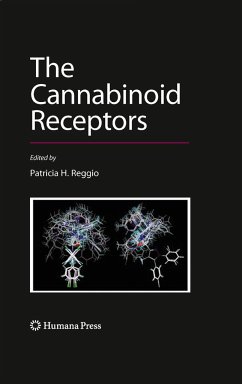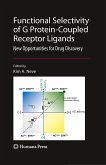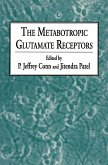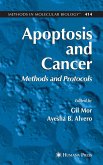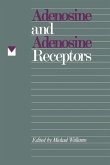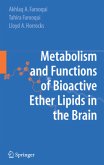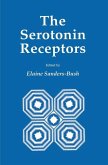As research has progressed, the cannabinoid CB 1 and CB 2 receptors have expanded significantly in importance within the neuroscience mainstream. In The Cannabinoid Receptors, leading experts introduce newcomers to the cannabinoid field with chapters covering cannabinoid ligand synthesis and structure activity relationships, the molecular pharmacology of the cannabinoid receptors and the endocannabinoid system, and ultimately, the whole animal pharmacology and therapeutic applications for cannabinoid drugs. Adding to those key topics, the book also examines the current direction of the field with chapters on new putative cannabinoid receptors and challenges for future research. As a part of The Receptors (TM) series, this volume highlights its receptor with the most thorough, focused and essential information available.
Comprehensive and cutting-edge, The Cannabinoid Receptors serves as an ideal guidebook to what continues to be a fascinating and vital field.
Comprehensive and cutting-edge, The Cannabinoid Receptors serves as an ideal guidebook to what continues to be a fascinating and vital field.
From the reviews: "The Cannabinoid Receptors arrives as the 18 member of The Receptors series and offers the reader a sophisticated overview of the structure-activity relationship advances realized in the design of cannabinoid (CB) based drugs. The book presents CB receptors in five parts ... . The chapters are thoroughly referenced, including the latest primary literature, and the index serves well. ... The intended audience includes industry/academic medicinal chemists and pharmacologists who are new to the CB field." (Kennerly S. Patrick, Journal of Medicinal Chemistry, September, 2009) "This book is great if you want a lot of information about the cannabinoid receptors in one place; from evolution to molecular biology and medicinal chemistry, it is all here. ... This is a nicely written piece presenting molecular modelling analyses of the cannabinoid ligands. ... This book is intended for newcomers to the cannabinoid field ... . it is a good book to have." (David Selwood, ChemMedChem, Issue 4, 2009)

